More planking!
30/7 3 Hours through the week
Hi Stu. I see that you put your pins through the planks. On a double planked hull that is OK for the first layer, but if it is going to be single-planked hull, I wouldn't do that. The holes that the pins leave - however small they are - will make the effect less than perfect. Rather get yourself some pushpins which you push in just above or below the plank into the bulkhead so that the head of the push pin pushes the plank tight against the respective bulkheads.
Thanks Heinrich! I've taken your advice and stopped pinning through the planks. I've done a combo of clamps and then the pins as you recommended. Found the pins a little thick for the bulkheads so I've ground away a bit on the bench grinder.
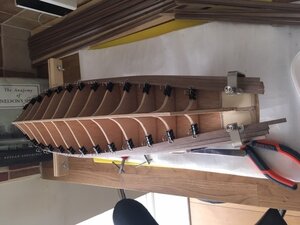
I've made up the clamps from bulldog clips as I've seen elsewhere and the small ones are strong enough to hold the planks in place while they take shape. I'm soaking and then clamping, allowing to dry and then gluing.
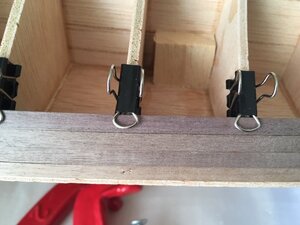
This shows how they are aligning now and obviously without the hole damage from the pins causing any issues which is positive. Of course I'm going to paint in the long run anyway but worth putting the effort in to make sure it looks nice before I cover it up with paint

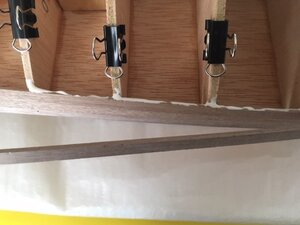
I'm gluing along each bulkhead and the full length of the planks. Just taking a very small amount off the plank I'm fitting on the deck side to ensure there is a bevel and try to get them to fit snugly. Seems to be working amidships and towards the stern just fine.
Not quite as neat at the bow!
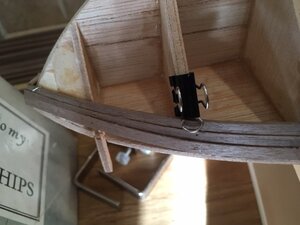
This has been a challenge just as I'm cutting down from 5 to 2.5mm across 5 bulkheads and then bending them to shape. There are some areas where the planks sit slightly proud and others where my cuts have clearly not been perfect and I have a small 0.5mm gap.
I've been told that this will be less of an issue when I sand it flat?
Has that been your experience?
Anybody got any hints on how I could do it differently or anything I need to think about?
Always happy to take advice




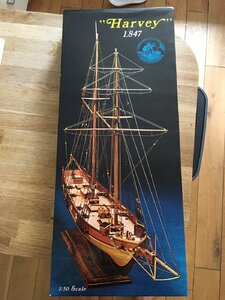
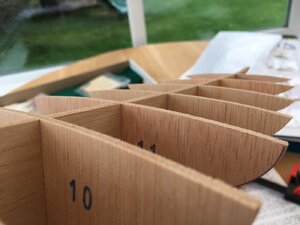
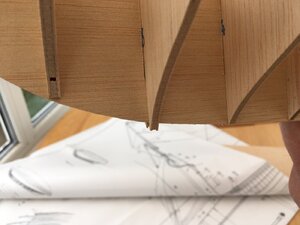
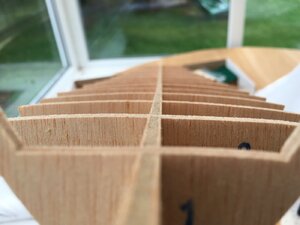
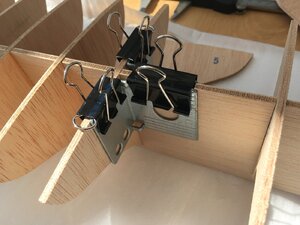
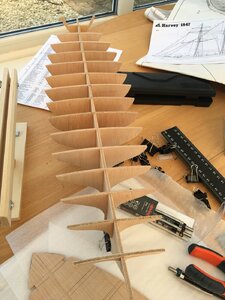
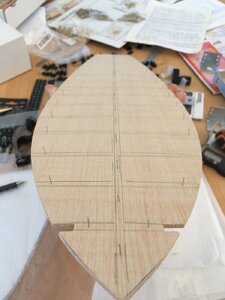
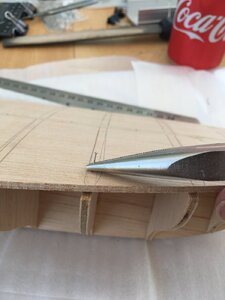
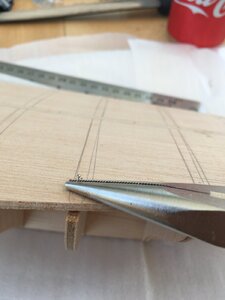
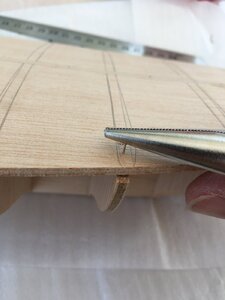
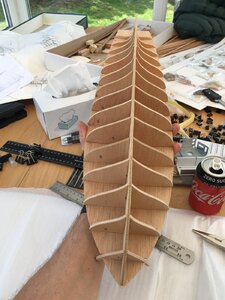
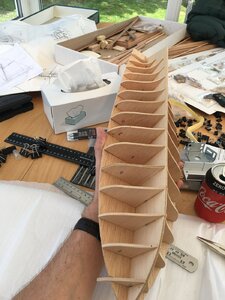
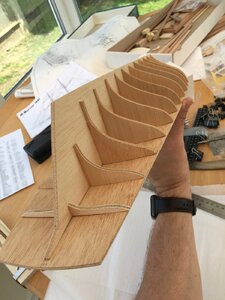
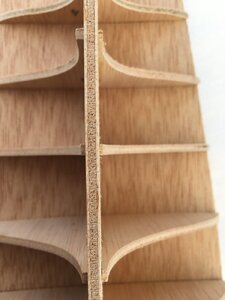
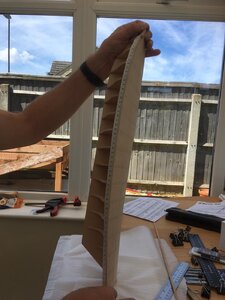
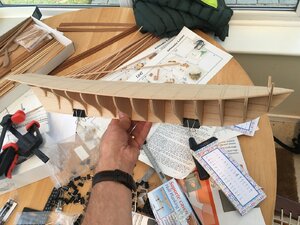
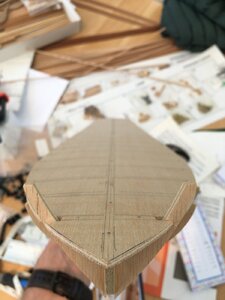
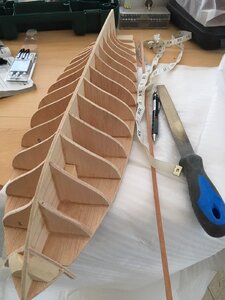

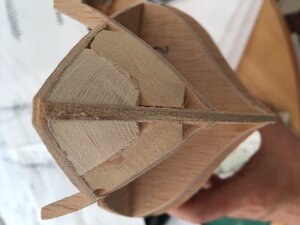
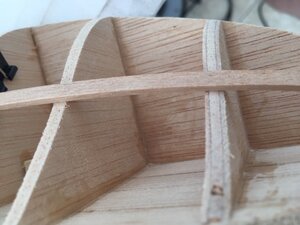
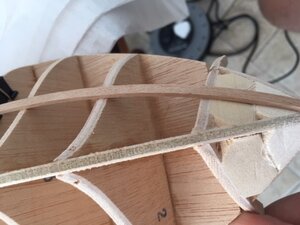
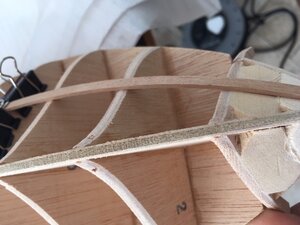
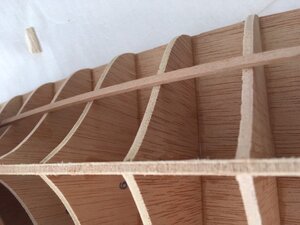
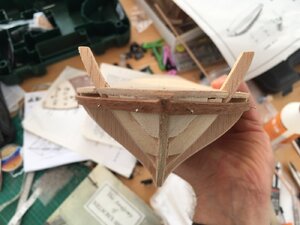
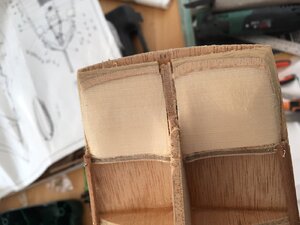
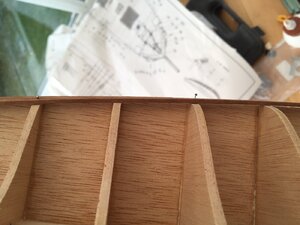
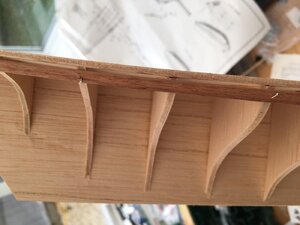
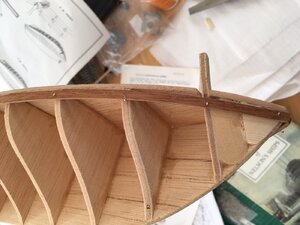
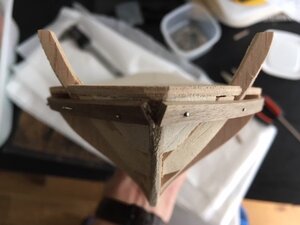
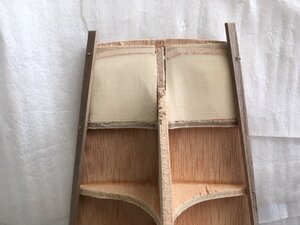
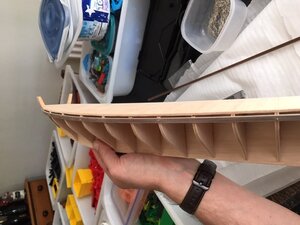
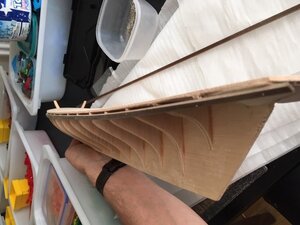
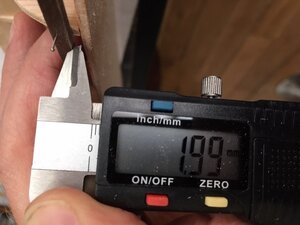
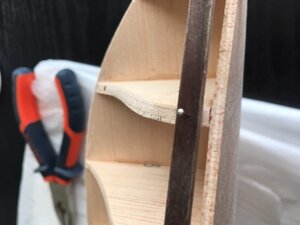
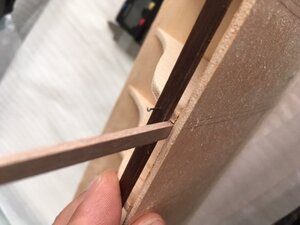
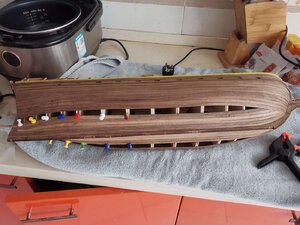




 You say that you have tapered the planks across 5 bulkheads - to me that seems too big a distance. I have only tapered across the two bulkheads closest to the stern. The shorter distance means greater accuracy when lining up the planks - BUT - your hull shape may dictate that you do it across more bulkheads - so that is a difficult one to call. When sanding, make sure that you keep all the sawdust. when done, mix the sawdust with some diluted white glue into a paste and then smear into the gaps. When dry, you then give it a final sanding. This is advice I have seen on the forums that seems to be the norm - luckily I have not had to do that.
You say that you have tapered the planks across 5 bulkheads - to me that seems too big a distance. I have only tapered across the two bulkheads closest to the stern. The shorter distance means greater accuracy when lining up the planks - BUT - your hull shape may dictate that you do it across more bulkheads - so that is a difficult one to call. When sanding, make sure that you keep all the sawdust. when done, mix the sawdust with some diluted white glue into a paste and then smear into the gaps. When dry, you then give it a final sanding. This is advice I have seen on the forums that seems to be the norm - luckily I have not had to do that.